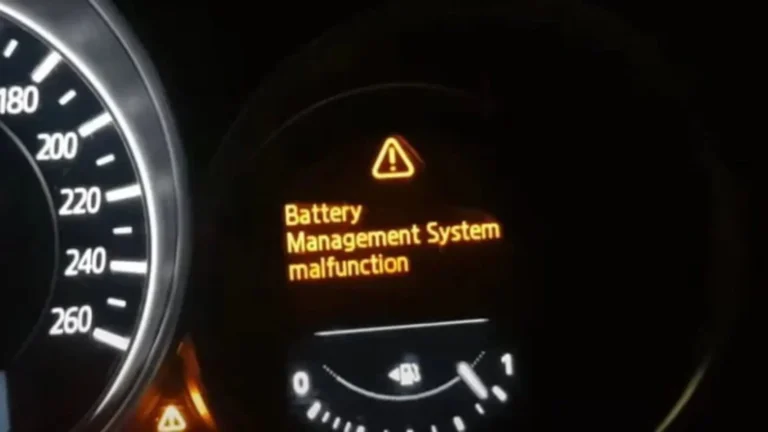Hill Start Assist Not Available Ford: Causes, Fixes, & More
If you’ve ever faced the daunting challenge of starting on a steep incline, you know just how valuable Hill Start Assist can be. This feature helps prevent your vehicle from rolling back, providing peace of mind when navigating hilly terrain.
However, many Ford drivers encounter the frustrating message: “Hill Start Assist Not Available.” Understanding why this error occurs and how to fix it is crucial for ensuring a smooth driving experience. In this article, we’ll explore common causes behind the issue and provide practical solutions to get you back on track safely!
What Is Hill Start Assist?
Hill Start Assist is a safety feature designed to help drivers start their vehicles on inclines without rolling backward. When activated, it temporarily holds the brakes for a few seconds after releasing the brake pedal. This allows the driver to accelerate smoothly without the fear of slipping back.
Typically found in modern vehicles, this technology uses sensors and data from various systems like ABS (Anti-lock Braking System) to detect an incline. By engaging automatically when needed, Hill Start Assist enhances driving confidence and control on steep roads or hills.
Common Causes For Hill Start Assist Not Available Error
Several factors can trigger the Hill Start Assist Not Available error. One common culprit is faulty sensors, which detect vehicle position and incline. If these sensors malfunction, the system may not engage as intended.
Another reason could be issues with the ABS module or battery problems. The ABS module plays a critical role in stability control during hill starts, while weak batteries can affect overall system functionality. Software glitches and improper sensor calibration also contribute to this frustrating issue for drivers.
Faulty Sensors
Faulty sensors can significantly impact the functionality of hill start assist systems. These sensors monitor various parameters, such as vehicle speed and incline. When they malfunction, your car may not detect when to engage the assist feature.
Common culprits include wheel speed sensors and incline detection sensors. If these components send incorrect data to the ABS module, it can trigger a “Hill Start Assist Not Available” warning. Regular diagnostics can help identify sensor issues before they escalate into more serious problems.
Faulty ABS Module
A faulty ABS module can significantly impact the functionality of Hill Start Assist. This component is responsible for managing braking pressure during slippery conditions. If it malfunctions, the system may not engage properly, leading to a warning message that reads “Hill Start Assist Not Available.”
Symptoms of a defective ABS module often include erratic brake performance and illuminated dashboard warning lights. Regular diagnostics are essential to identify any issues with this critical part. Addressing problems early can prevent further complications and ensure your vehicle operates safely on inclines.
Battery Issues
Battery issues can significantly impact the functionality of your Ford’s hill start assist system. A weak or failing battery may not provide sufficient power to the electronic components that control this feature, leading to the “Hill Start Assist Not Available” warning.
Additionally, corroded battery terminals or loose connections can disrupt power flow. Regularly checking your battery’s health and ensuring clean, secure connections are essential steps in maintaining optimal performance for all systems within your vehicle, including hill start assist.
Software Issues
Software issues can significantly impact the functionality of the Hill Start Assist feature in your Ford vehicle. This system relies on precise programming to detect when you’re on an incline and apply brakes as needed. If there’s a glitch or outdated software, it may trigger a “Hill Start Assist Not Available” warning.
Updating the vehicle’s software can often resolve these problems. Manufacturers release updates to fix bugs and improve performance. Regularly checking for updates through your dealership or service center ensures that all systems run smoothly, keeping you safe while driving on inclines.
Sensor Calibration
Sensor calibration is crucial for the effective functioning of hill start assist systems. These sensors monitor various aspects, such as wheel speed and incline angle. If they are misaligned or incorrectly calibrated, the system may fail to activate when needed.
Regular checks can help ensure that your vehicle’s sensors remain in optimal condition. Calibration might require specialized equipment and expertise, so visiting a certified Ford service center is often recommended for accurate adjustments and repairs. This helps maintain safety and performance while navigating hilly terrains.
Brake System Problems
Brake system problems can significantly impact the functionality of Hill Start Assist. If your brakes are worn or malfunctioning, the system may not engage properly when needed. Components such as brake pads and rotors require regular inspection to ensure they’re in optimal condition.
Additionally, issues like brake fluid leaks or air in the brake lines can lead to insufficient pressure. This affects how effectively your vehicle responds on inclines. Regular maintenance is essential for keeping both your brakes and Hill Start Assist functioning correctly.
Symptoms Of Hill Start Assist Failure
When Hill Start Assist fails, you may notice several symptoms. One of the most common signs is difficulty starting on an incline. The vehicle might roll backward or forward unexpectedly, causing anxiety during hill starts.
Additionally, warning lights on the dashboard can illuminate, indicating a malfunction in the system. You might also experience unusual brake behavior or hear strange noises when attempting to engage Hill Start Assist. These issues signal that your vehicle requires immediate attention to ensure safe driving conditions.
How To Fix Hill Start Assist Not Available?
To fix the “Hill Start Assist Not Available” issue, start by inspecting and replacing any faulty sensors. These components play a crucial role in detecting incline changes and ensuring proper function. If they’re malfunctioning, your system won’t engage correctly.
Next, check your battery health to ensure it’s supplying adequate power. Weak batteries can disrupt electronic systems like Hill Start Assist. Additionally, consider servicing the ABS control unit and maintaining the brake system to prevent further complications. Regular software updates from your dealer can also help resolve glitches affecting this feature.
Inspect And Replace Faulty Sensors
Inspecting and replacing faulty sensors is crucial when dealing with the “Hill Start Assist Not Available” warning. Sensors play a vital role in detecting vehicle position and incline, aiding the system’s performance during starts on steep surfaces. Regular checks can help identify any malfunction early.
If you suspect a sensor issue, it’s advisable to have them tested by a professional mechanic. Replacing defective sensors not only restores functionality but also improves overall driving safety and comfort. Timely intervention ensures that your hill start assist operates smoothly whenever needed.
Battery Check
A weak or failing battery can disrupt the hill start assist feature in your Ford. If the battery voltage drops too low, it may not supply enough power to support complex systems like hill start assist. This can lead to the “Hill Start Assist Not Available” warning.
To perform a proper battery check, inspect for corrosion on terminals and ensure secure connections. Testing the battery with a multimeter helps determine its voltage level—ideally around 12.6 volts when fully charged. If it’s lower than this, consider replacing it to restore functionality of your vehicle’s features.
Traction Control Or ESC Repair
If your Ford’s Hill Start Assist is not available, it may be linked to issues with the traction control system or electronic stability control (ESC). These systems work together to maintain vehicle stability on inclines. A malfunction can prevent Hill Start Assist from activating when needed.
To address this, a thorough inspection of the related sensors and modules is essential. If any component shows signs of wear or damage, repair or replacement might be necessary. Ensuring these systems are functioning correctly will help restore optimal performance during hill starts.
ABS Control Unit Maintenance
Maintaining the ABS control unit is crucial for optimal vehicle performance. Regular inspections can help identify issues like corrosion or loose connections that may affect functionality. Keeping this component clean and secure contributes to overall safety.
If you notice any irregularities, such as warning lights on your dashboard, it’s essential to address them promptly. You might need a professional technician to assess the system fully and perform necessary repairs or replacements. Proper maintenance ensures your Hill Start Assist feature operates smoothly when needed most.
Brake System Upkeep
Regular brake system upkeep is essential for your vehicle’s safety and performance. This includes checking the brake pads, rotors, and fluid levels periodically. Worn or damaged components can lead to decreased braking efficiency, impacting both hill start assist functionality and overall driving experience.
Additionally, ensure that the brake lines are free from leaks or corrosion. Keeping your braking system in top condition not only enhances safety but also prevents more costly repairs down the line. Always consult a professional if you notice any unusual sounds or behaviors while braking.
Software Update
A software update can address various issues affecting the Hill Start Assist feature in your Ford. Car manufacturers regularly release updates to improve performance, fix bugs, and enhance system functionality. Checking for available updates should be part of your routine maintenance.
To perform a software update, connect your vehicle to a reliable Wi-Fi network or visit an authorized service center. They can ensure that you receive the latest updates tailored specifically for your model. Keeping your software current may resolve any glitches causing the “Hill Start Assist Not Available” warning.
Restarting The Car
Sometimes, a simple restart can resolve temporary glitches in your vehicle’s systems. If you encounter the “Hill Start Assist Not Available” warning, turn off your Ford and wait for about 30 seconds before restarting it. This process allows the onboard computer to reset.
After restarting, check if the warning light still appears on your dashboard. If it disappears, the issue was likely a minor software hiccup. However, if the notification persists, further investigation into sensors or other components may be necessary to ensure safe operation while driving on inclines.
Related Articles:
7EA Engine Code
7E8 Engine Code
Which Car Brands Face The Most Hill Start Assist Issues?
Certain car brands have reported higher incidences of Hill Start Assist issues. Ford, for instance, frequently experiences this problem across various models such as the Ford Ranger, Ford Focus, Ford Escape, and Ford Fiesta due to its reliance on complex electronic systems. Owners often encounter the “Hill Start Assist Not Available” message during routine driving.
Other manufacturers like Volkswagen and Chevrolet also face similar challenges with their hill start assist features. These problems can stem from a mix of faulty sensors, battery inconsistencies, or software glitches. Proper maintenance is essential to minimize these occurrences across all vehicles.
Conclusion
Experiencing the “Hill Start Assist Not Available” warning can be frustrating, especially when you’re reliant on this feature for smooth driving on inclines. Understanding the potential causes and symptoms helps you address issues more effectively.
Regular maintenance of your vehicle’s brake system, sensors, and software is essential to prevent these errors from occurring. Staying proactive will enhance your driving experience and keep safety at the forefront while navigating hilly terrains.
Frequently Asked Questions
Is hill start assist necessary?
Hill Start Assist can significantly enhance driving safety, especially on inclines. It helps prevent rollback when starting from a stop on a slope, allowing drivers to transition smoothly without the fear of losing control.
For new drivers or those in hilly regions, this feature is particularly beneficial. While experienced drivers may manage without it, having Hill Start Assist provides an extra layer of confidence and reduces stress during uphill starts. Its necessity often depends on individual driving habits and environments.
What is The Repair Cost For Hill Start Not Available?
The repair cost for the “Hill Start Assist Not Available” issue can vary significantly depending on the underlying cause. If faulty sensors are to blame, replacement parts might range from $150 to $400. For more complex repairs involving the ABS module or software issues, costs can soar up to $1,000.
Labor charges also play a crucial role in overall expenses. Depending on your location and mechanic rates, labor could add another $100 to $200. Always seek multiple quotes before proceeding with repairs for better budgeting and options.
Can I drive with the Hill Start Assist Not Available warning?
Driving with the Hill Start Assist Not Available warning can be risky. While you can still operate your vehicle, you’ll lose the added convenience and safety that this feature provides. Without it, starting on an incline may require more effort as you’ll have to manually manage throttle and brake pressure to prevent rolling back.
It’s crucial to address any underlying issues promptly. Ignoring the warning could lead to further complications down the line. If you’re unsure about the situation or feel uncomfortable driving without this assistance, consider consulting a mechanic for a thorough inspection. This ensures not only your safety but also proper function of your vehicle’s systems in various driving conditions.

Kevin Morgan is an ASE-certified automotive engineer and blogger with over 15 years of experience in vehicle systems design, performance testing, mechanics, and diagnostics. He is deeply passionate about automotive excellence. As a contributing author at CarClinicCentral, Kevin shares his expertise with enthusiasts, providing valuable market insights, updates, and trends.
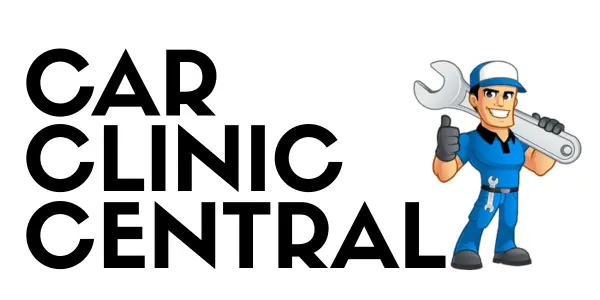
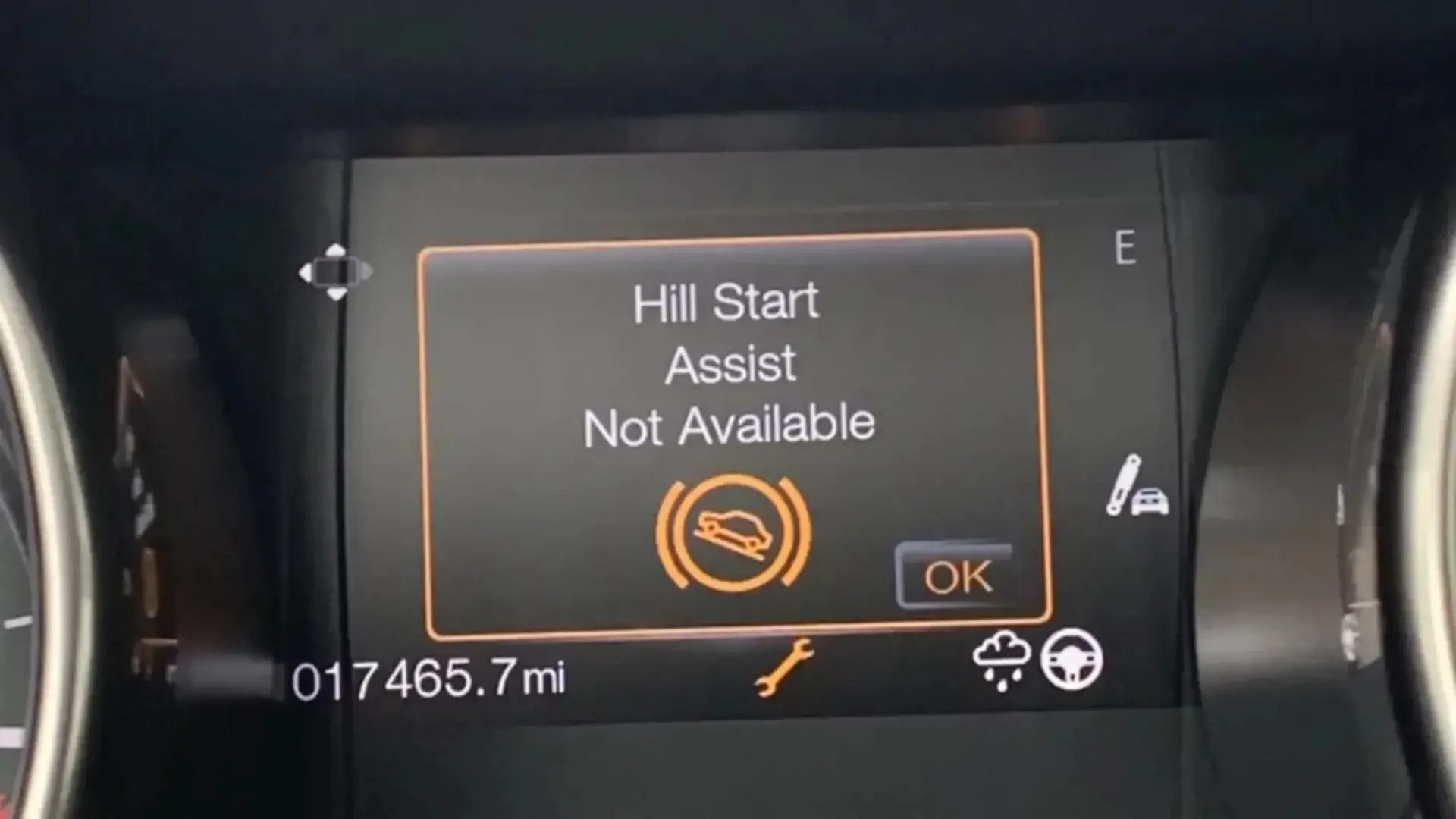
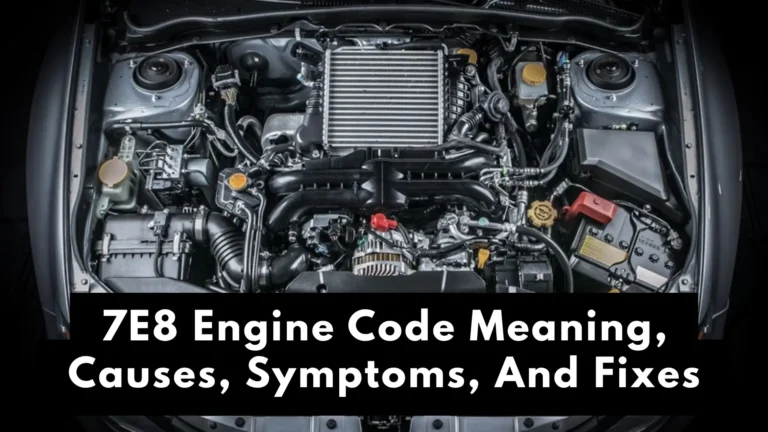
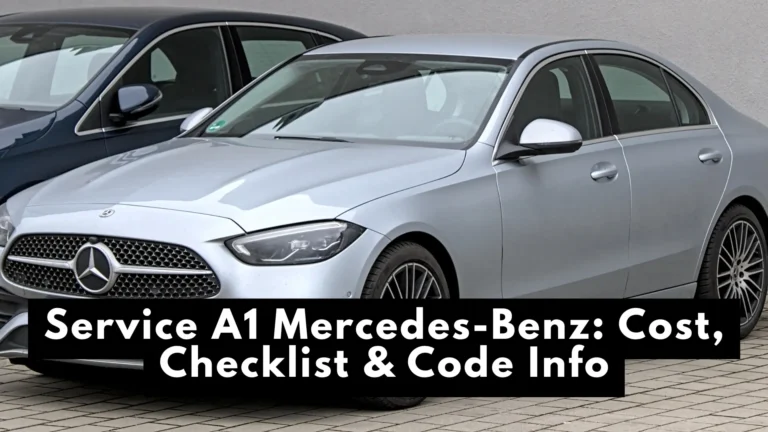
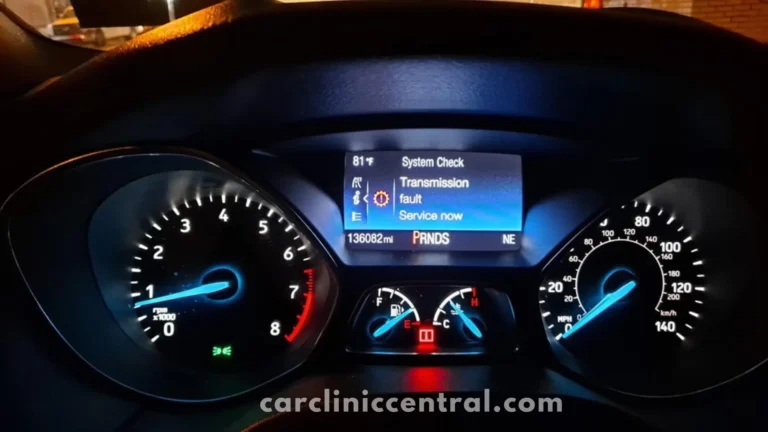
![Chevy 8 Lug Bolt Pattern: Everything You Need To Know [2025] 6 chevy 8 lug bolt pattern](https://carcliniccentral.com/wp-content/uploads/2025/09/chevy-8-lug-bolt-pattern-768x432.webp)
![7EA Engine Code: Causes, Diagnosis, and Solutions [2025] 7 7ea engine code](https://carcliniccentral.com/wp-content/uploads/2025/09/7ea-engine-code-768x432.webp)
